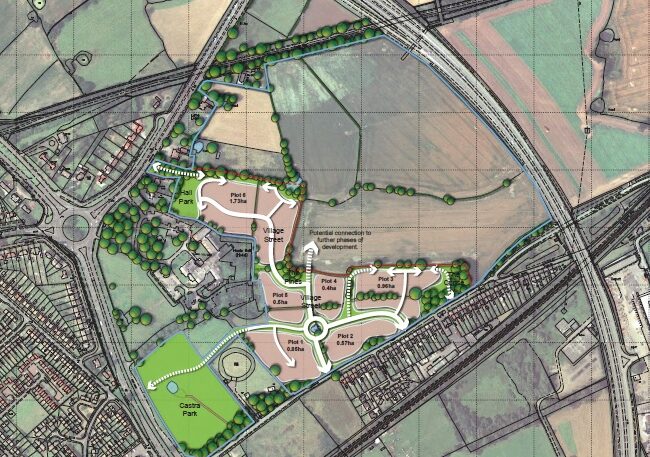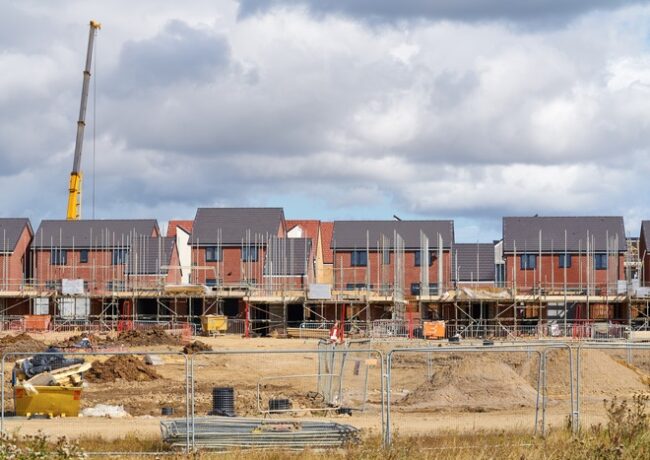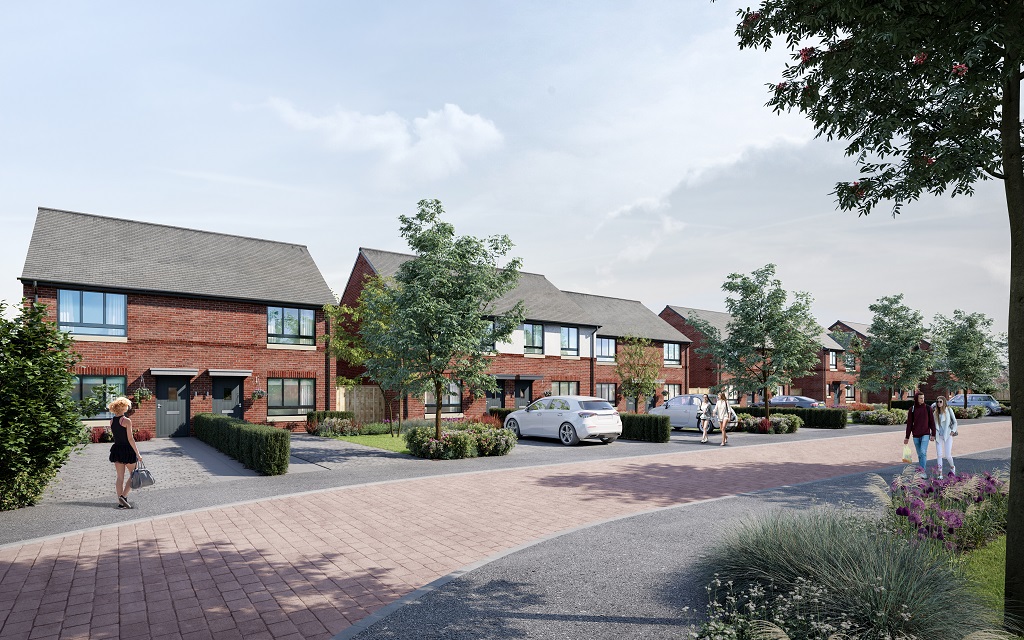Himor unveils Chester green belt housing plan
Developer Himor has published proposals for major residential extension to Chester on green belt land.
The first phase of the Hoole Gate project would see 26 acres next to Hoole Hall developed.
Himor said Hoole Gate was a response to Cheshire West & Chester Council's preferred policy directions published in 2012 that suggested that green belt land would be required to meet demand for future housing growth.
CWAC will evaluate a number of locations that might be identified as preferred candidates for green belt release in a draft Local Plan later this year.
Samuel Stafford, associate director at Himor, said: "Having looked at the purposes of including land within the green belt, and considered the results of the preliminary survey and appraisal work that we have undertaken, we believe that Hoole Gate represents a suitable and achievable opportunity to accommodate new homes."
An illustrative masterplan for phase one and an initial vision document have been prepared as the basis for discussions with all interested parties.
The draft design shows how around 190 new homes, from two to five-bedroom properties, might be created with 5.3 acres of new green spaces and parkland. Himor said the parkland provided an opportunity to enhance both the listed Hoole Hall and a Roman camp which is a scheduled ancient monument within the site.
eScape urbanists advise Himor.
- Visit www.hoolegate.co.uk for further information





The problem here is that this development, like so many other current proposals on Greenbelt land around Chester, is based on a false premise. The perceived ‘need’ arises from the ultimately flawed Regional Spatial Strategy (RSS) figures which were based on the 2001 census and compiled in optimistic pre-recessionary ‘growth’ times. Cheshire West & Chester Council (CWaC) steadfastly refuses to acknowledge that these figures are no longer relevant and properly review them in the light of the latest census data. We have seen from the results from all the major house-builders that they are managing to keep their selling prices up, which they do by (quite legitimately) matching supply to demand. So a release of Greenbelt land will not suddenly improve housing availability – it is simply a way of companies ‘land-banking’ cheap building land for the future – much cheaper for them than re-using brown-field sites.
By CWACcynic